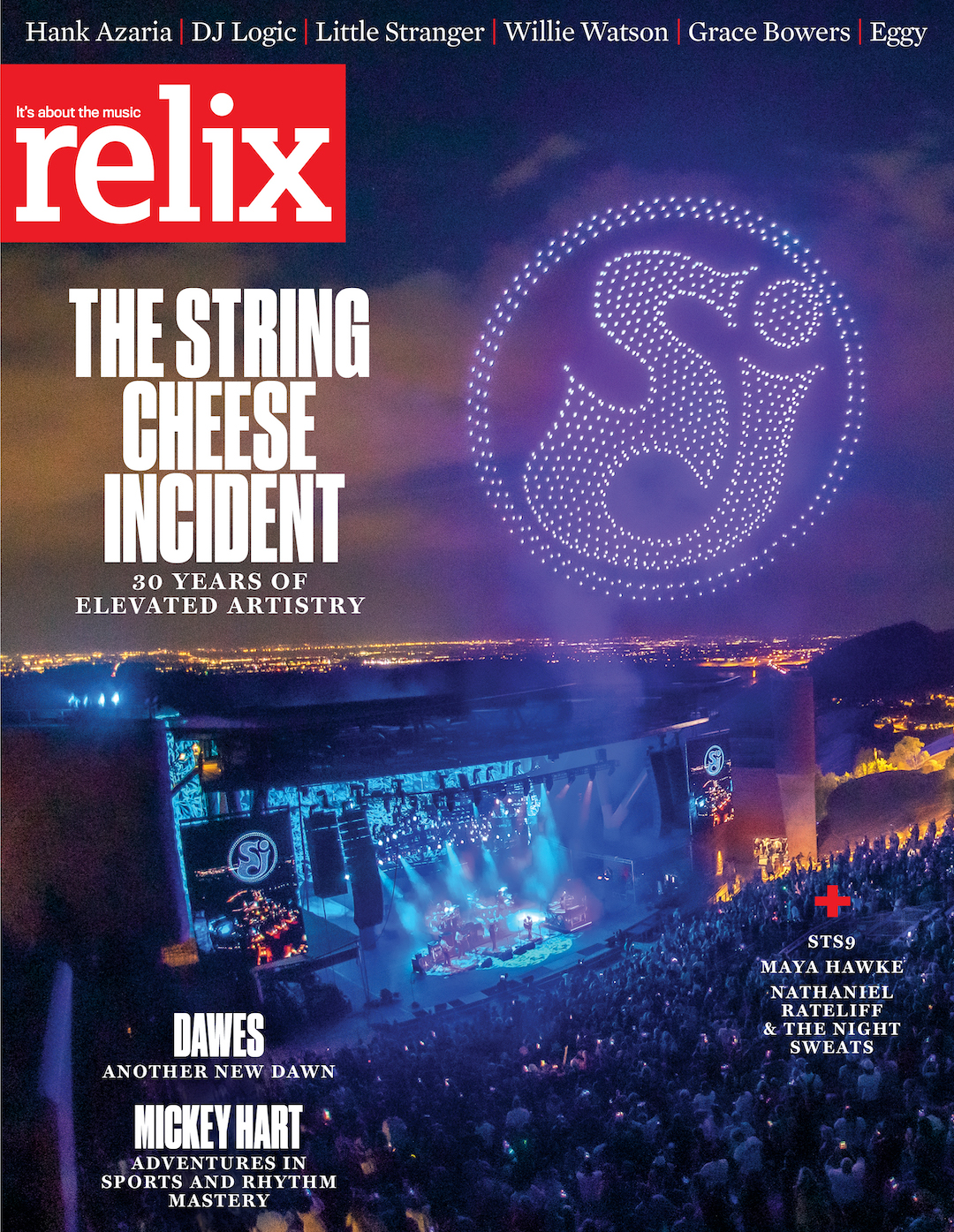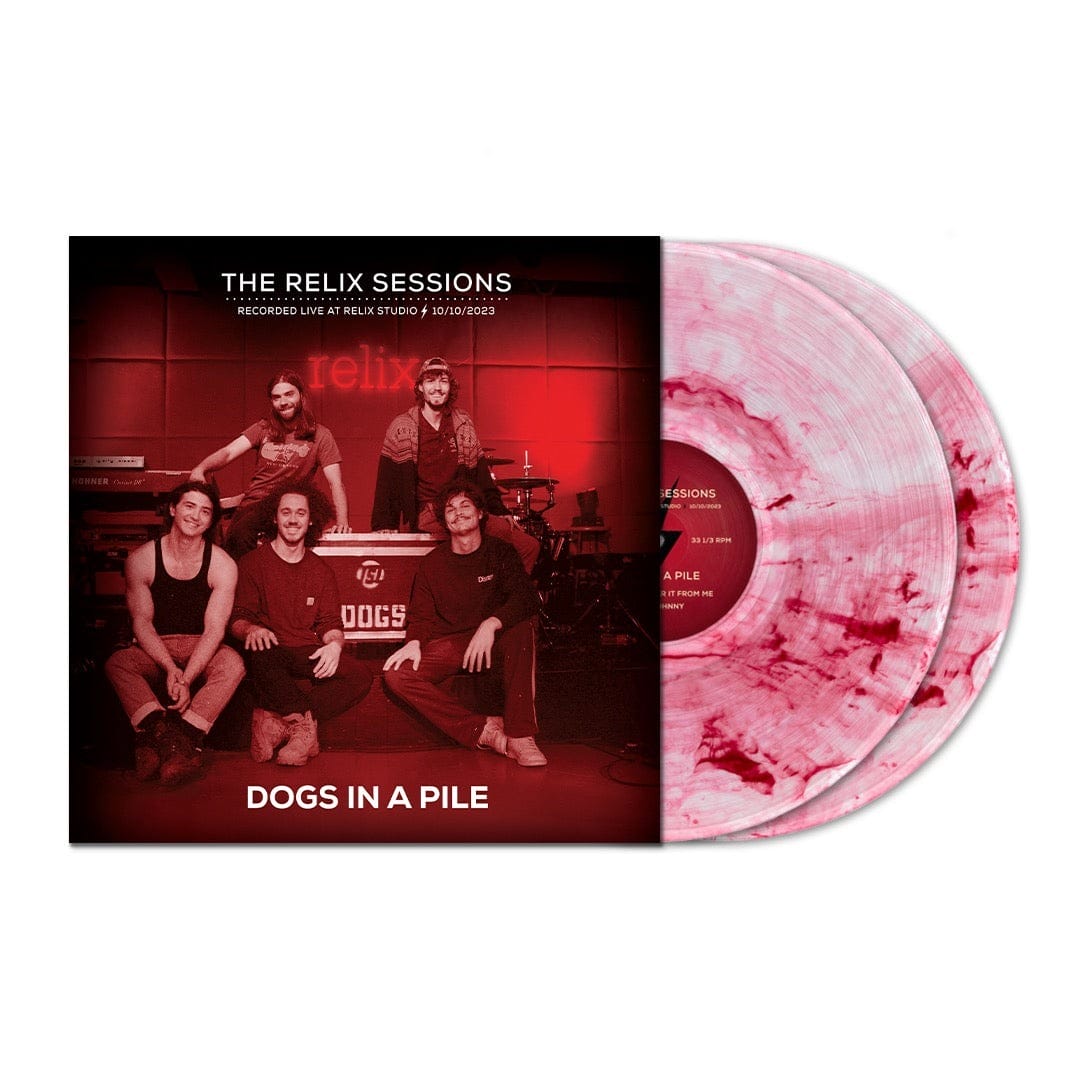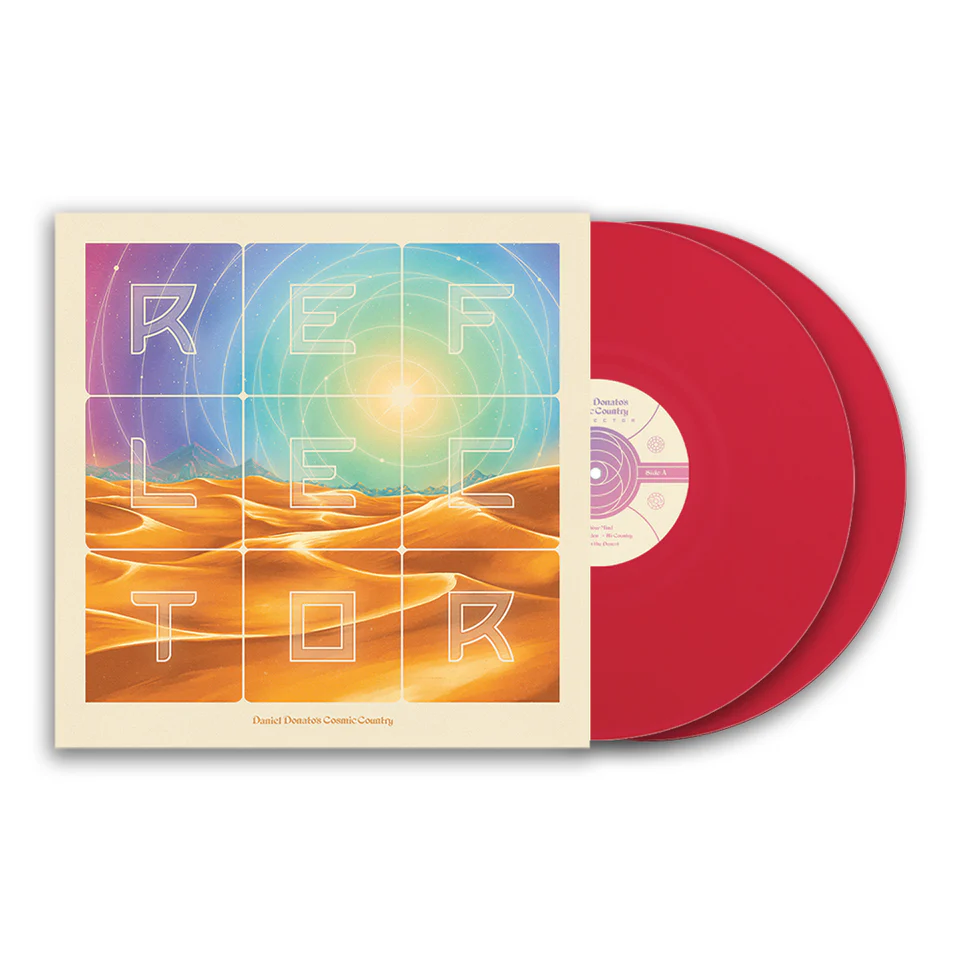Jerry Garcia: The Early Days (David Nelson Looks Back)
Here’s David Nelson’s recollection of the Bay Area folk scene in the early 1960’s_
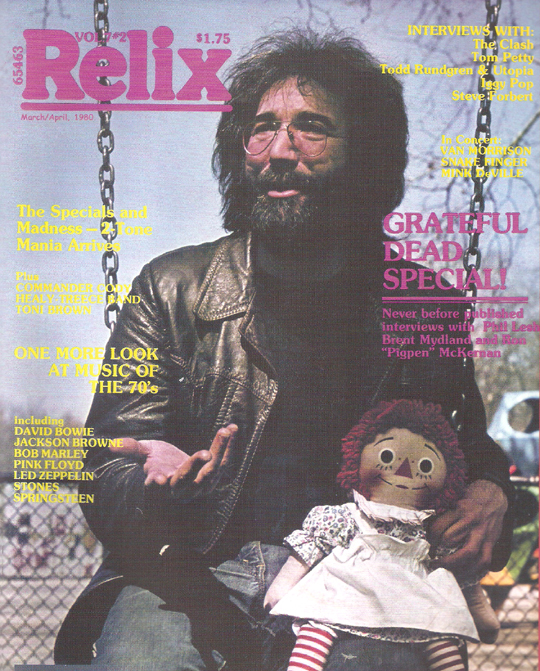
_Worth Hanley, Jerry Garcia and Brooks Otis, San Carlos, CA summer of 1962 – photo courtesy of Sandy Rothman
In San Francisco, the summer of 1960, Lenny Bruce appeared regularly at various clubs in North Beach, as did many great jazz performers – Monk, Miles, Art Blakey and the new sensation, John Coltrane. But now, interest in folk music was on the rise, due at least partially to the Kingston Trio’s popular hit “Tom Dooley.”
Seemed like everybody was getting a guitar or banjo and learning to play. The scope of the music was wide and deep. Everything from pop-commercial to Burl Ives to Woody Guthrie to country blues to traditional Appalachian styles. I was extremely interested and soaking up all I could, but being a city kid had certain disadvantages. The market had not yet caught on; it was hard to find the real shit. But excitement was high, and find it we did.
There were lots of parties, private get-togethers where you could meet and play all kinds of music, maybe even pick somebody’s brain for a new lick. The larger of these gatherings would always end up in a huge circle with the “pros” in the middle and beginners on the outskirts. Someone would start a song, then gradually others would join in as they felt able, and pretty soon we’d have a rousing 21-voice chorus of “Darlin’ Corey” that could make the dogs howl.
These parties happened spontaneously, out of mutual enthusiasm – no one planned or sent out invitations. You just heard it on the grapevine. Then somewhere amid all this, Peter Albin’s big brother Rodney came up with a truly brilliant idea – an idea that proved to be a major step in the evolution of the S.F. Bay Area music scene. Rodney had this notion that we could create our own little nightclub or cabaret, open to the public, with a stage for performers and with chairs and small tables, just like a real beatnik coffee house. He managed to talk the proprietor of a local book store into letting us use the upstairs room with a balcony every Thursday night.
The name of our little establishment was to be the Boar’s Head – borrowed from Shakespeare and having a nice ring to it. But who was to play there, besides us kids? Well, Rodney had ideas for that, too. One afternoon he says to me and Pete, “C’mon you guys, we’re goin’ down to Kepler’s and see if we can round up some players … I want to tell Jerry Garcia about it.” The name hit me like one I’d heard of before, but I couldn’t remember where or when. “Never mind, just get in the car – and Nelson, bring your banjo.”
Not far from Stanford University, Kepler’s was a big bookstore where people from all levels of the hip community hung out. I always loved going there to browse the books and catch the latest word. A section of the store had tables where you could get a shot of espresso and a baklava and sit and read, or discuss the Irish situation.
So we get there, bring our instruments in, set them down in a corner and I’m wandering around the bookshelves when Pete motions me to check something out. “That’s him, that’s Jerry Garcia!” he says, and I peer through the space between some books and see this incredibly hairy guy sitting at a table playing a 12-string. He had an intense, dark-eyed stare and was playing quietly. Sounded like a Carter Family tune. I’m listening along with Peter when Rodney comes up suddenly, grabs us both and shoves us out from behind the books right over to the table. Next thing I know, I’ve got a banjo in my hands and Garcia himself is watching closely. Good thing I didn’t have time to get nervous. Anyway, the four of us took turns, played a few tunes in very informal fashion, then Rodney pitched the Boar’s Head idea to Garcia. Jerry said he’d spread the word about Thursday night and would come play if he could find a guitar to borrow. He didn’t have an instrument of his own at the moment. Nor could he afford to rent a place, I later found out. In fact, he and Robert Hunter were living in an abandoned, wheel-less car that lay in a vacant lot.
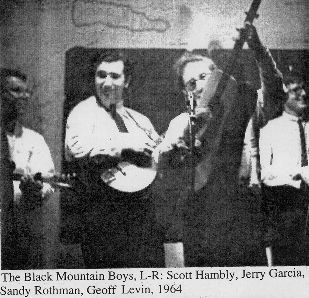
Come Thursday, I went to the Boar’s Head early to help Rod and Pete set things up. It was looking pretty ridiculous. Broken chairs, makeshift tables here and there, a tiny little stage made from a shelf unit cut in half, and an old RCA “hand grenade” microphone plugged into a 12-watt Bogen amplifier. Pathetic, but we didn’t care, nor did we know any better.
None of us had any idea if the Kepler’s crowd or Garcia would show up. By 8 or so there were a few familiar faces, so Rodney kicked things off with some finger-pickin’ songs, then Pete and I got up and played “Woody’s Rag” with me on mandolin, Pete on guitar. A while later we heard a motorcycle pull up outside and that was a sure sign. Those colorful beatniks were starting to filter in. Hipsters, chicksters, all manner of eccentric individuals were coming up the stairs to check out the scene. In no time the place was buzzin’. Nobody took the stage just yet, it seemed as if we all were waiting for something as the party rolled on. Some time later a friend nudges me to look around and there’s Garcia, guitar in hand, heading for the stage. In a brief shuffle I grabbed a seat as everyone settled down to listen.
Quietly and matter of factly he started strumming. And with that soulful, dark-eyed gaze, he began singing, “When first unto this country, a stranger I came …” a great song that tells the story of an early settler’s hardships and love. Then he did some finger picking – I think it was “Wilson Rag” – then more songs: “Peggy-O,” “Oh Babe It Ain’t No Lie,” “Whiskey in the Jar” and others. The audience was spellbound, myself included. As we listened on, excitement grew. An invisible fire had been sparked. Everyone felt connected in some way, a feeling of kindred spirit, a “cause” with gusto.
It was decided we should do this more, and Rodney got Mr. Houchen’s okay for every Tuesday and Thursday night. These little wingdings gathered momentum in the weeks that followed. Jerry brought friends, he must’ve told everybody, because suddenly the place was crawlin’ with performers of all kinds. One friend was Bob Hunter, who had been playing as a duet with Jerry at a couple of private gigs. They did “Saro Jane” and other folk songs. There was Marshall Liescester, who played amazing five-string banjo and guitar and knew all these really cool Appalachian tunes and blues – everything from “Rabbit Chase” to “Keep On Truckin’ Mama.” Also from the Kepler’s crowd was Sherry Huddleston, who sang “Milk Cow Blues,” with Garcia adding guitar. A big hit was Dave McQueen, a black guy from East Palo Alto nicknamed “David X” who didn’t play an instrument, but had this wonderful velvety voice that could sing you off into a cloud: “Trouble in mind, I’m blue …” Warm, funny and personable, David X hosted many after-gig parties at his house.
Most remarkable of those who found their way to the Boar’s Head was a 14-year-old kid named Ron McKernon. He had intelligent eyes on a face that had been roughed up by severe acne, and the ultimate rock ‘n’ roll greasy-hoodlum jelly-roll hairdo. His outrageous appearance belied a shy and reserved demeanor. He showed up one night and to our astonishment delivered a set of country blues with electrifying authenticity. He played harp and guitar and sang totally naturally in his own way, yet sounded like one of the classic blues greats, the real thing. It blew our minds.
David Nelson played in several bands with Jerry Garcia and Robert Hunter in the early 1960s, the Hart Valley Drifters and the Wildwood Boys most notably. He was also a founding member of the New Riders of the Purple Sage in 1969 and today leads his own band.


